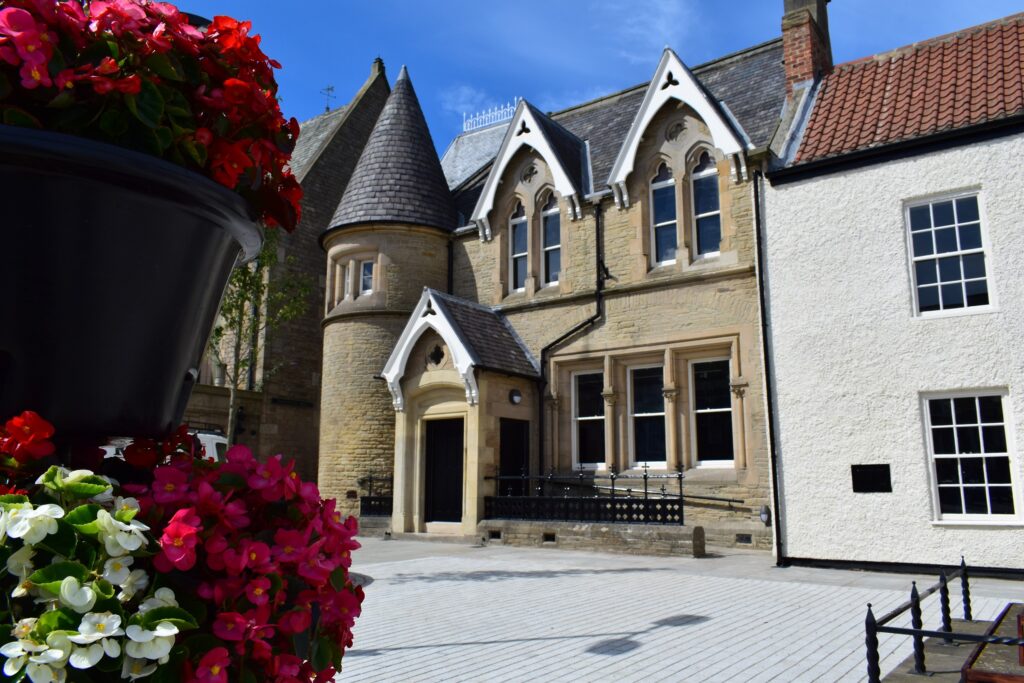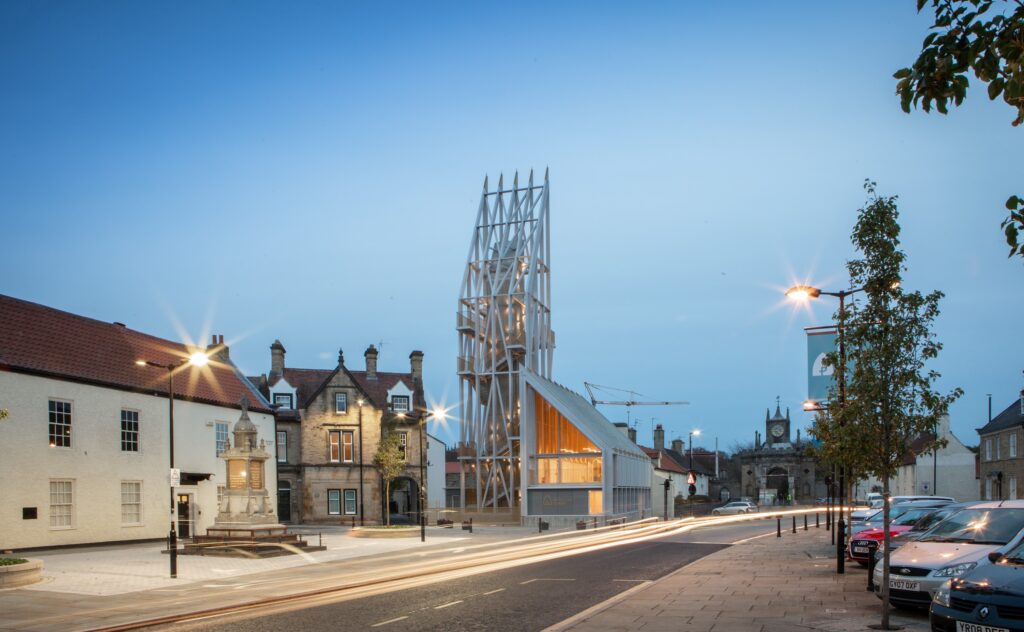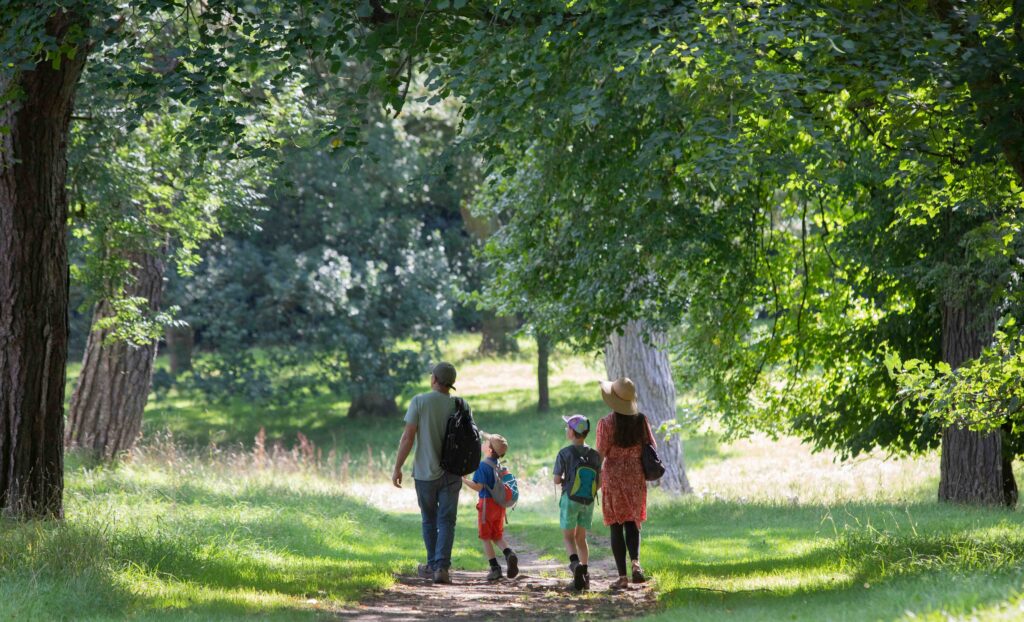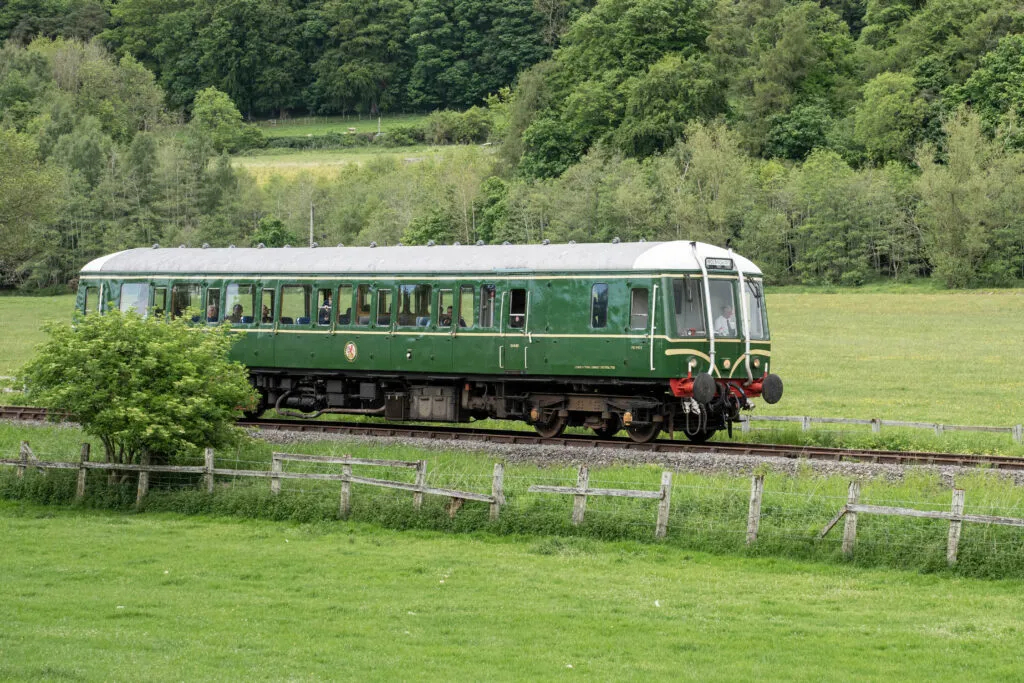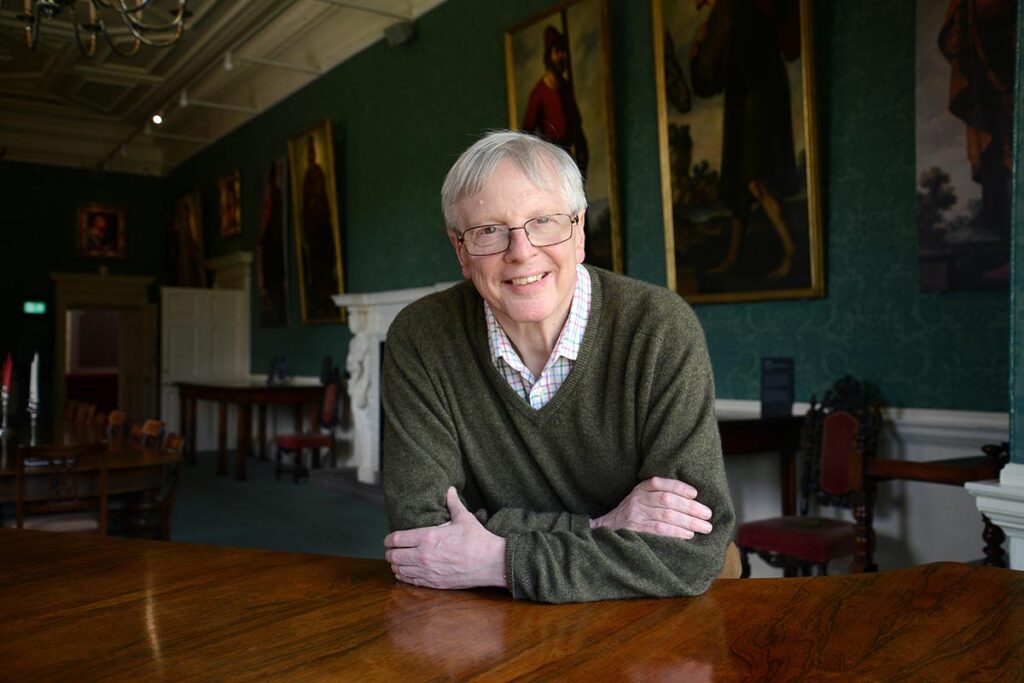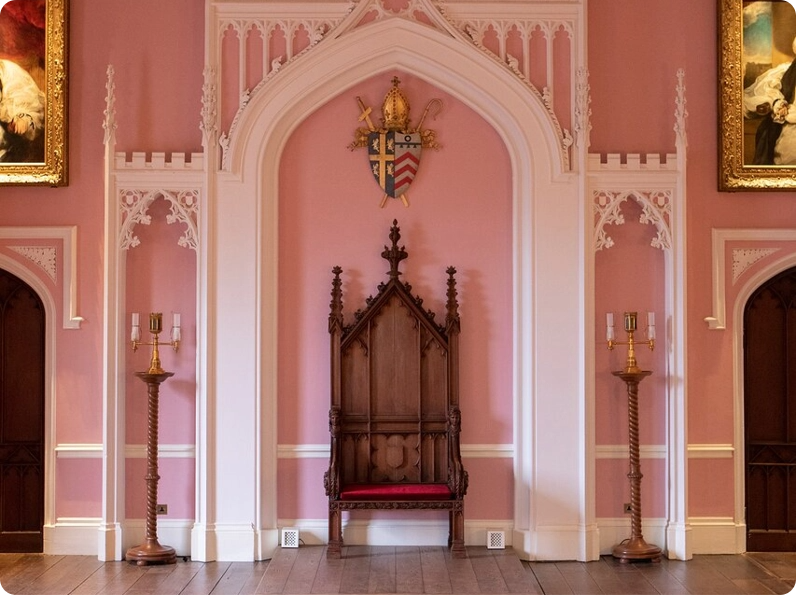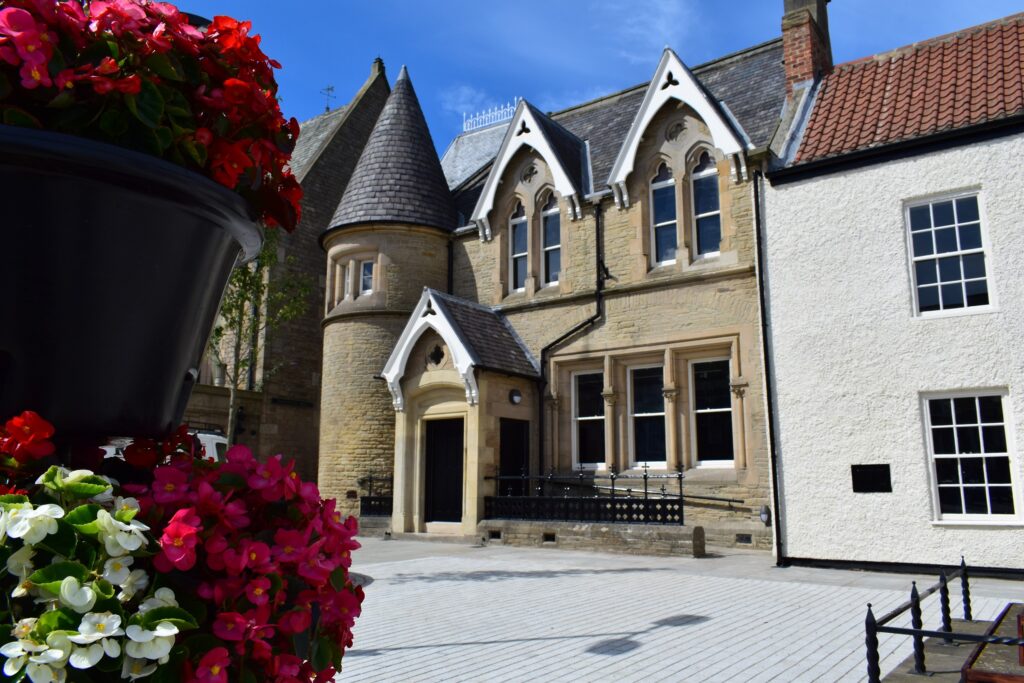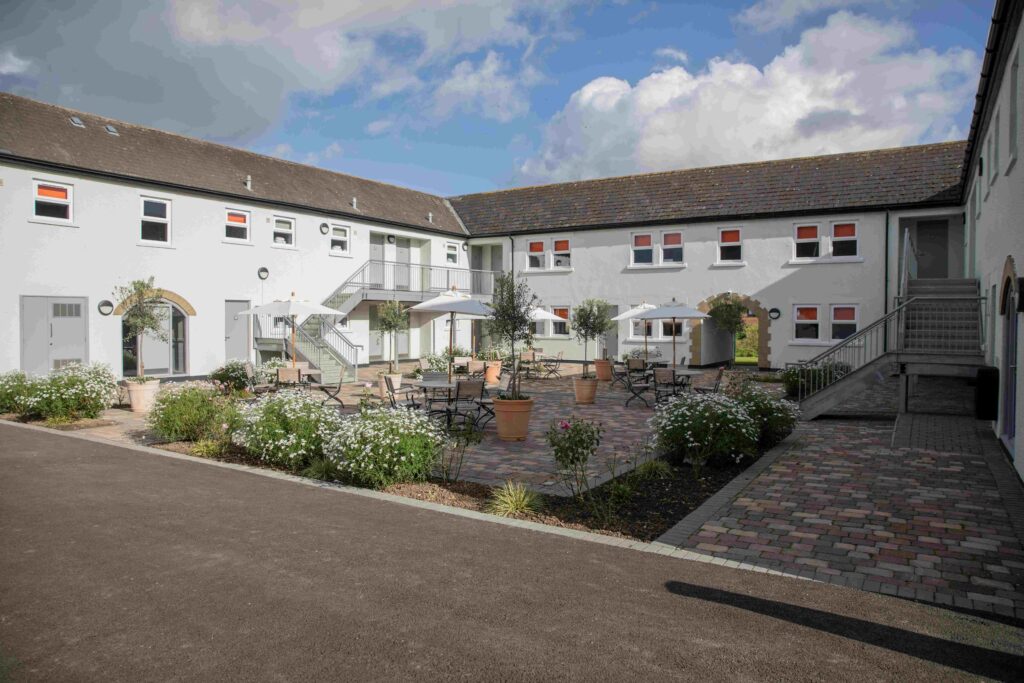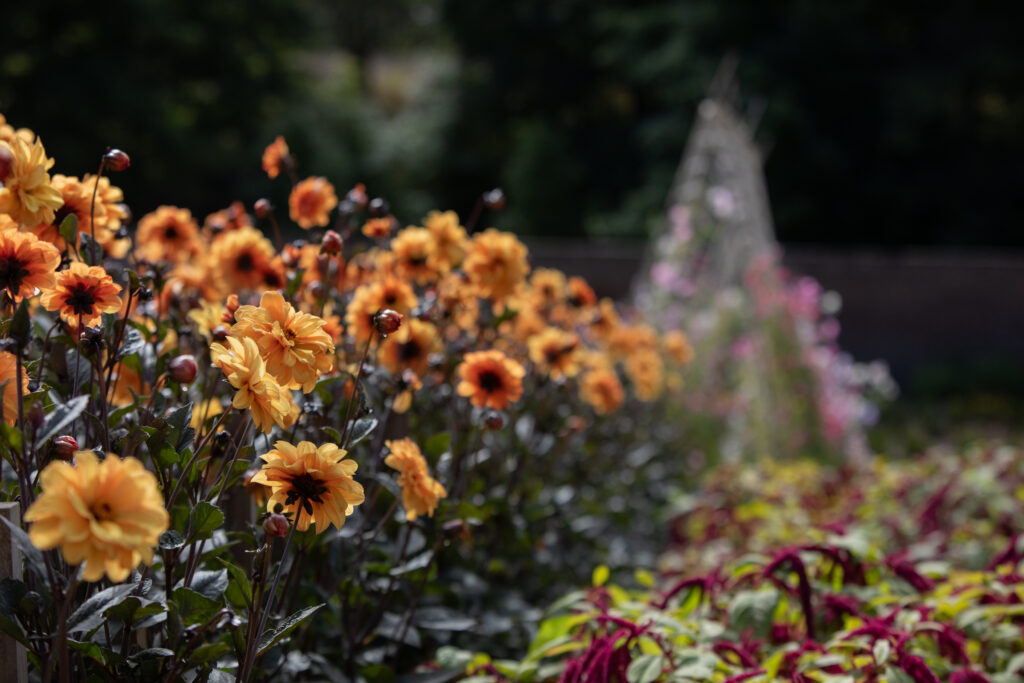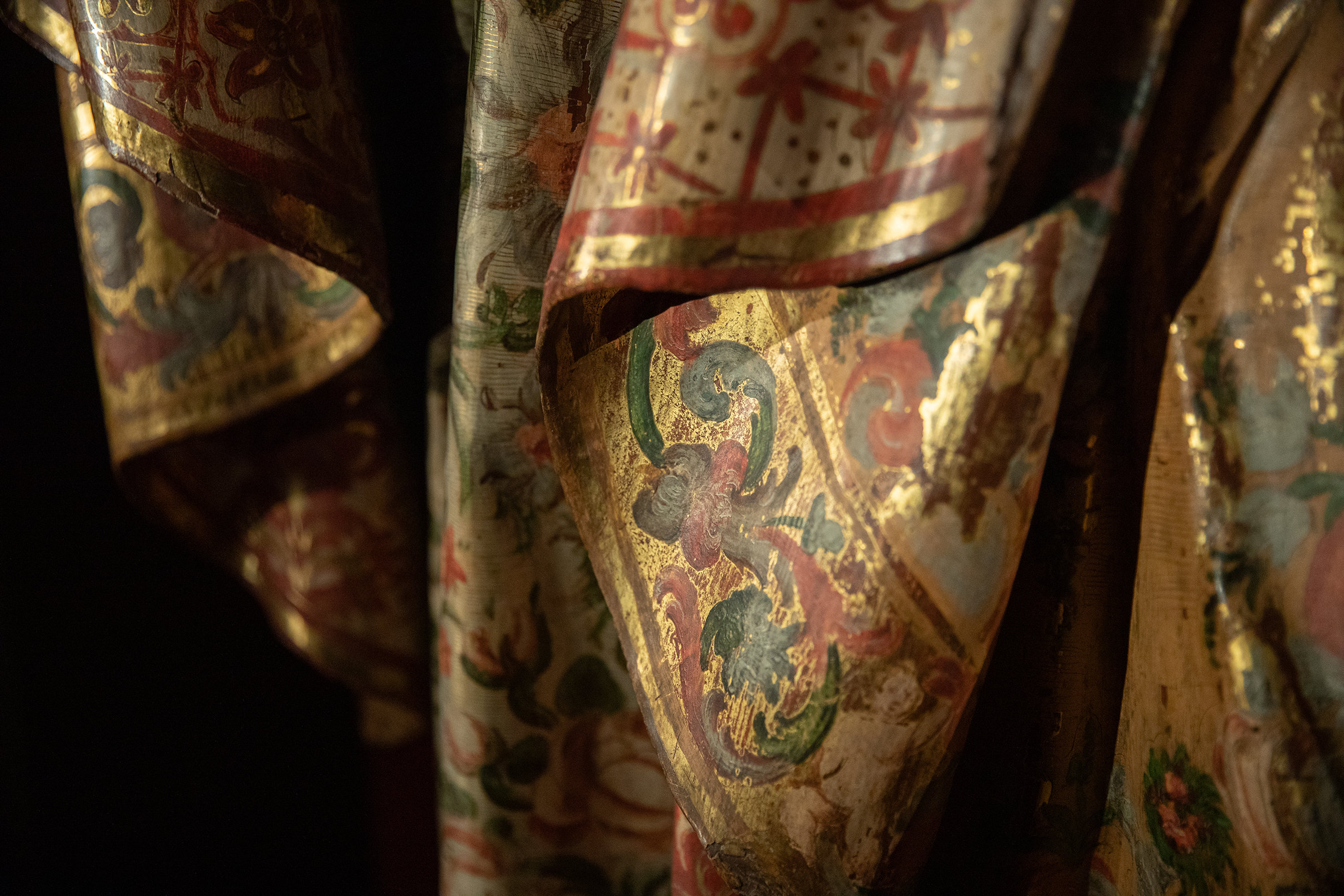The Story of
The Auckland Project
“Saving art was just the start…”
“The Imperial Chinese examination (Scholarship class) consisted of a single question. Three hours were given to answer it. Every year it was the same question, and every year, all the aspirants knew what it was: ‘Write all you know’.
“The Story of The Auckland Project feels a bit like that – condensing the last fifteen years of helter-skelter activity into some semblance of order when almost the only thread which has remained consistently at the forefront has been a glorious disorder – a chasing after the wind. I am often in a state of breathless amazement that the kaleidoscope of chaos has created pretty much everything that we had dreamed of at its inception.
“It began with a call to arms. A force bigger than myself – we can conveniently call it God – impressed on me and my wife that we needed to go North, but there was no clue as to where that going would lead. We came to Bishop Auckland, and, although there was no star hovering over Newgate Street, it has turned out to have been the right thing. A desire to see the town regenerated – finding its future, seeing work opportunities return to an area which has been forty years without much prospect, discovering anew a sense of community, investment, entertainment, heritage and culture. For certain that kind of desire needs a somewhere to call home, and we chanced on a somewhere with the right people, the right geographic position, and the right opportunities: this, then, is the story of The Auckland Project.
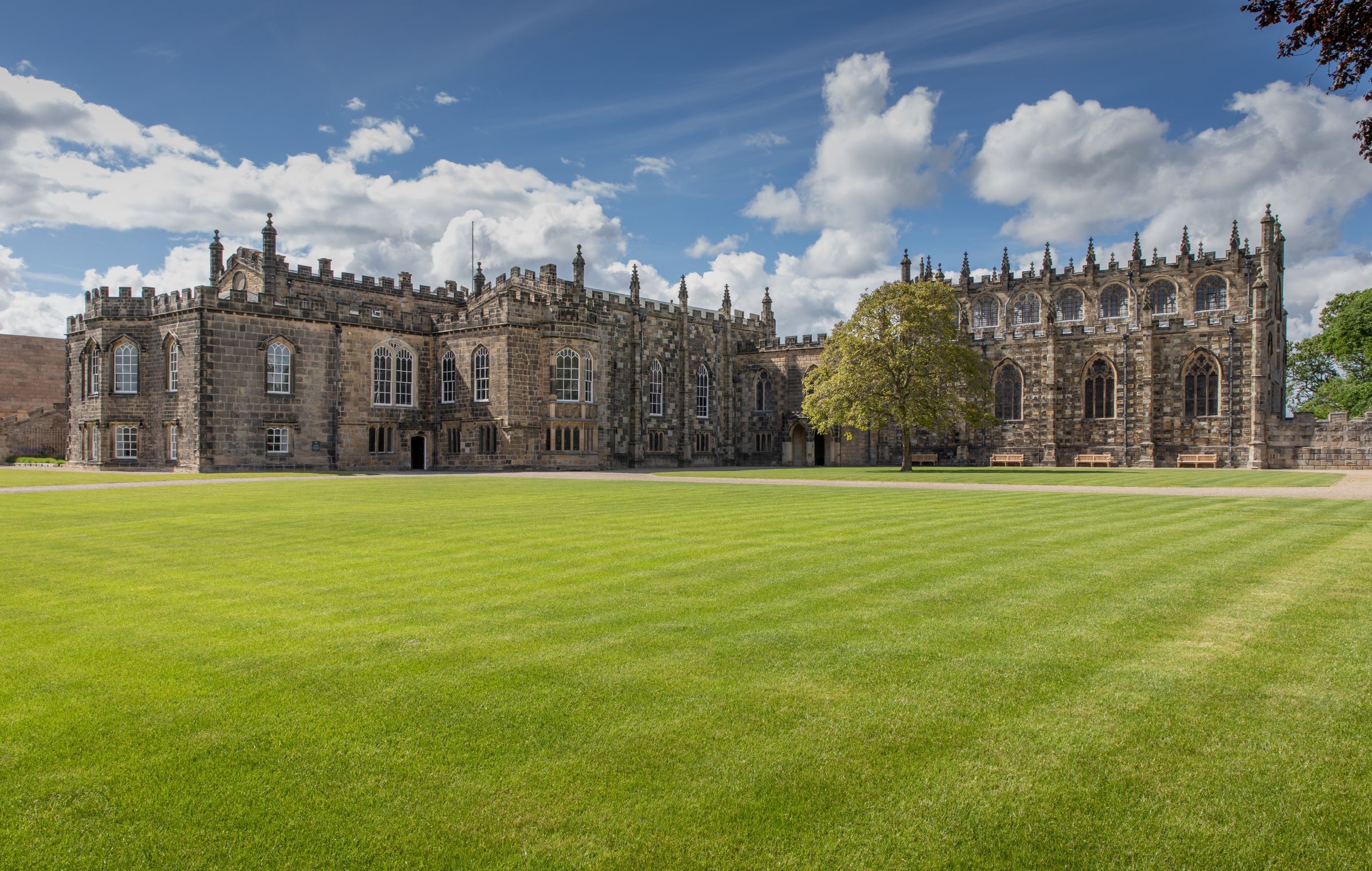
“We came to Auckland, which had a Palace unable to maintain the grandeur and weight of its original purpose: to house the Prince Bishops (later the Bishops) of Durham. The buildings were moribund – the building itself still housed the Bishop’s work, but it was no longer a home. It had, however, an immensely important set of Spanish Old master pictures painted by Francisco de Zurbaran, which were about to be sold. This would have meant them leaving the walls which had been their home since the 1750’s – we were able to buy the pictures, and then, with heavy heart, acquired the container which housed them. What had been intended to be a cry to arms – a statement that we were here to help, without quite knowing what that meant – became a project to make the assets of the Palace, along with the walled garden, the Park, the Deer House, the chapel, the Clocktower, a visitor attraction. We knew it was a means to an end – we were here for the people, not to pull off an unlikely business venture. Those early years were spent in getting to know the community, and staking out property and land which could be used to further the visitor attraction. For the charity to ever be sustainable, to lead to new jobs, opportunities and experiences, we needed footfall. An empty building was never high on the agenda, but a full building means a full town, full cafes and restaurants; full hotels, and pubs, and shops.
“In 2017, we opened our first Gallery – of Miners’ Art, which displayed the nobility of many generations of men who lived a dangerous existence – perhaps the meeting of people where they were, and the attraction of visitors were not so far removed from one another. On the low ground at Flatts Farm, we created a pageant of English and Scottish history from Roman times to the present day. Although TripAdvisor hailed Kynren as one of the ‘five Best attractions in the UK from 2016 to 2023’ the real delight was in seeing a community of a thousand people grow into a group that is committed to making the show succeed year by year. Then came the restoration of the Palace, and the Chapel, archaeological discoveries which have transformed the importance of the Palace itself – 12 C battlements, a two-storey chapel, the earliest Christian artefact in England. It was followed with a Spanish Golden Age Gallery, a Faith Museum and a series of restored gardens.
“Now, 14 years on from the day we arrived, we can see why we are here, and what we are here to do. There are many treasures in the town, and there is a thread of cultural endeavour which is there for the town, both to enrich the school curriculum, and to enjoy for its own sake. What was always a 25-year project is now about half-way to completion – and, of course, it is a project that will never be completed.”
Jonathan Ruffer, Founder of The Auckland Project




